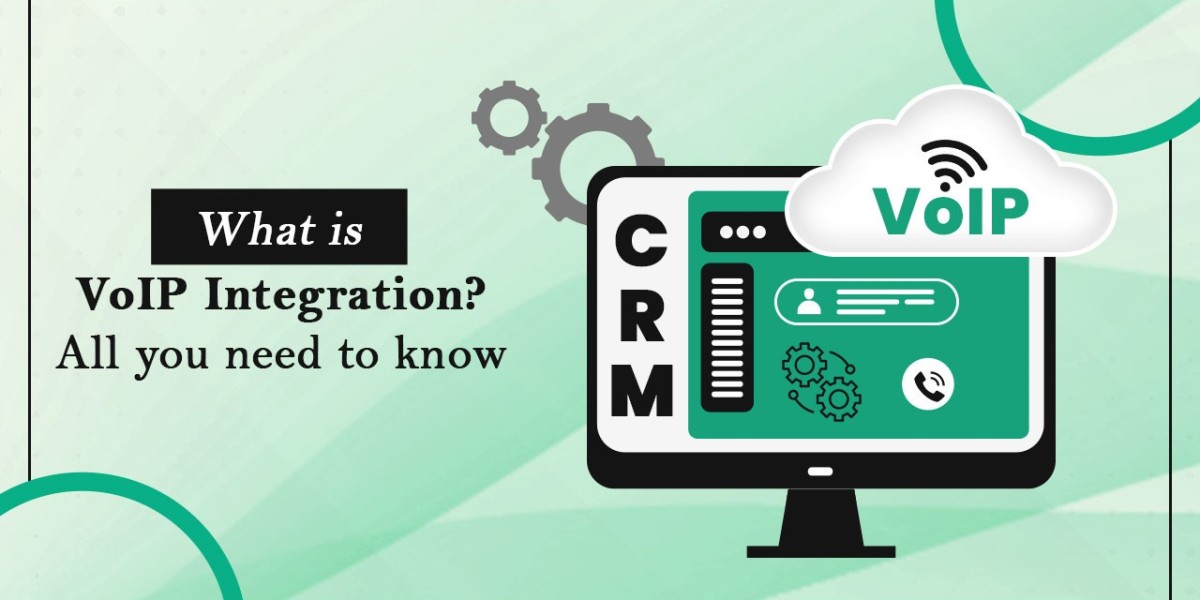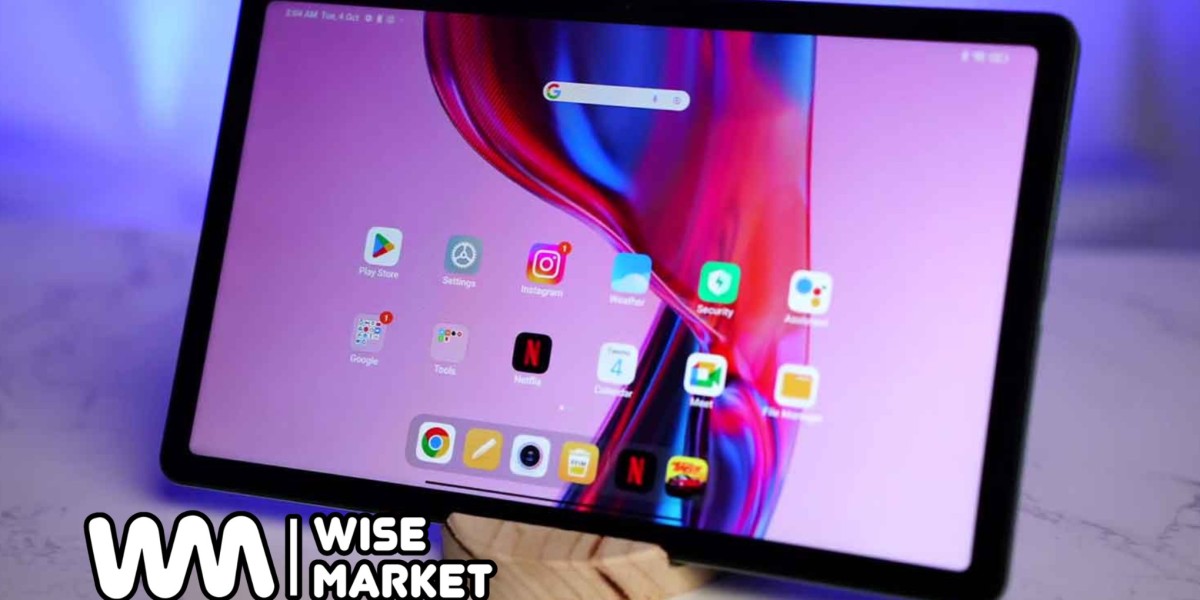Voice over Internet Protocol (VoIP) technology has revolutionized the way we communicate, offering a range of benefits that traditional phone systems simply cannot match. With VoIP, voice calls are transmitted over the Internet rather than traditional phone lines, which means that communication is faster, more reliable, and more cost-effective. However, transitioning to VoIP can be challenging for many organizations, particularly if they already have an existing communication system. This is where VoIP integration comes in – it provides a way to incorporate VoIP technology into an existing communication system, bringing all the benefits of VoIP without the need for a complete overhaul.
In this blog post, we’ll take a closer look at VoIP integration, what it involves, and why it’s such an important consideration for businesses looking to upgrade their communication systems.
What is VoIP Integration?
VoIP integration refers to the process of integrating VoIP technology into an existing communication system or application. For example, this might involve integrating a VoIP system with a current PBX system, integrating VoIP functionality into software applications like CRM or ERP systems, or even integrating VoIP with other communication channels like video conferencing or instant messaging.
At its most basic level, VoIP integration involves the use of specialized hardware and software to connect a VoIP system to an existing communication infrastructure. For example, this might involve the installation of specialized gateways or routers to manage traffic flow between the two systems, or it might involve using APIs (Application Programming Interfaces) to integrate VoIP functionality directly into other applications.
Why is VoIP Integration Important?
For many organizations, the benefits of VoIP are clear – lower communication costs, enhanced call quality, improved productivity, and greater flexibility. However, the process of transitioning to VoIP can be daunting, particularly for those organizations that have already invested heavily in existing communication infrastructure.
This is where VoIP integration comes in. By integrating VoIP technology into an existing system, businesses can leverage the benefits of VoIP without the need for a complete overhaul of their communication infrastructure. This means that they can enjoy all the benefits of VoIP while still being able to use existing communication systems and applications.
For example, consider a business with an existing PBX system. Rather than replacing the entire system with a new VoIP-based solution, they could integrate a VoIP gateway with their existing PBX system, allowing them to make and receive VoIP calls using their existing phones and phone numbers. This means that they can still use their existing phone system while also enjoying the benefits of VoIP technology.
Similarly, businesses can integrate VoIP functionality into other applications like CRM or ERP systems, providing employees with the ability to make and receive calls directly from these applications. This can help to streamline communication processes and improve overall efficiency, as employees no longer need to switch between applications to make or receive calls.
Overall, VoIP integration is an important consideration for businesses looking to upgrade their communication systems. By integrating VoIP technology into existing systems and applications, businesses can leverage the benefits of VoIP without the need for a complete overhaul of their communication infrastructure.
What are the different VoIP integrations possible?
There are several ways in which VoIP technology can be integrated into an existing communication system or application. Here are some of the most common types of VoIP integration:
VoIP Gateways: VoIP gateways are devices that connect traditional phone lines to a VoIP network. They convert analog voice signals into digital signals that can be transmitted over the internet, allowing businesses to use their existing phone systems with VoIP technology.
APIs: Application Programming Interfaces (APIs) allow businesses to integrate VoIP functionality directly into other applications like CRM or ERP systems. This means that employees can make and receive calls directly from these applications without the need for a separate phone system.
PBX Integration: A Private Branch Exchange (PBX) is a telephone system that manages incoming and outgoing calls for an organization. PBX integration involves connecting a VoIP system to an existing PBX, allowing users to make and receive VoIP calls using their existing PBX phones.
SIP Trunking: Session Initiation Protocol (SIP) trunking involves replacing traditional phone lines with VoIP-enabled connections. This allows businesses to make and receive calls over the internet using their existing phone systems.
Softphone Integration: A software-based phone application allows users to make and receive VoIP calls using their computer or mobile device. Softphone integration involves integrating a softphone application into an existing communication system, allowing users to make and receive calls directly from their computer or mobile device.
CRM Integration: Customer Relationship Management (CRM) software is used by many businesses to manage customer interactions and data. CRM with VoIP integration involves integrating VoIP functionality into a CRM system, allowing users to make and receive calls directly from within the CRM software. You can read further about the VoIP integration with CRM.
Unified Communications (UC) Integration: Unified Communications (UC) refers to the integration of various communication channels, such as voice, video, instant messaging, and email, into a single platform. UC integration involves integrating VoIP technology into a UC platform, allowing users to make and receive calls over the internet using their existing UC software.
Call Center Integration: Call centers are a critical component of many businesses, providing customer support and sales services. Call center integration involves integrating VoIP phone system into a call center software platform, allowing call center agents to make and receive calls over the internet using their existing call center software.
Virtual Phone Systems: Virtual phone systems are cloud-based VoIP phone systems that allow businesses to make and receive calls over the internet. Virtual phone systems can be accessed from anywhere with an internet connection and offer features such as call routing, voicemail, and call recording.
Benefits from VoIP Integrations for Businesses
Improved personalization
When businesses integrate their best VoIP system for CRM integrations, agents can pull recent customer data while in conversation with the customer, and this allows the conversation to be personalized. Similarly, the incoming calls could be intelligently redirected to the correct agent based on the conversation history.
Better conversions
Extensions and APIs allow for a smoother data flow, and this can speed up the conversion cycle. Agents no longer need to juggle between different tools to keep track of the information and can take critical decisions faster. Quicker decisions can be vital in sending the right message to the prospects, on the fence, and progress them on their customer journey. In addition, the right integration can synchronize your contacts across all platforms, increasing customer service response times and productivity.
Manage contact center operations remotely
VoIP is a complete cloud solution that can be accessed remotely using the web app or via a mobile app. This means the other integrations can also be easily accessed from the single dashboard, and the admin can monitor the contact center operations easily. Moreover, all the data is available in a single location, which makes it easy to track KPIs.
Reduced costs
VoIP can enable low-cost international calls and provide the right context that international agents would need to serve their customers quickly and efficiently from the start. Moreover, the calling costs are considerably lower than traditional phone systems. In addition, 3rd party integrations are supported out of the box, so businesses hire a VoIP software development company to easily integrate any desired functionality.
Better Collaboration
VoIP integrations enable your teams to work together more collaboratively and easily than ever before. For example, agents can make calls directly from a common calling list, and an intelligent IVR system integrated with a VoIP system automatically distribute incoming calls based on the agent’s skill level or past customer interactions.
Wrapping Up
Overall, there are many different types of VoIP integration available, each offering unique benefits and features. By choosing the right type of VoIP integration for their specific needs, businesses can enjoy all the benefits of VoIP technology while still using their existing communication systems and applications. Get in touch with us.







